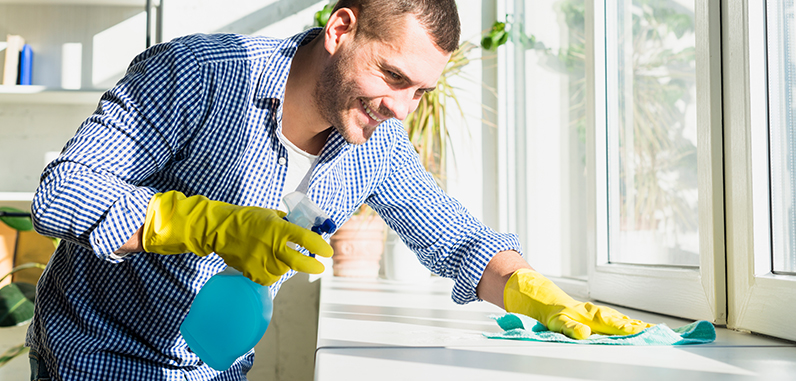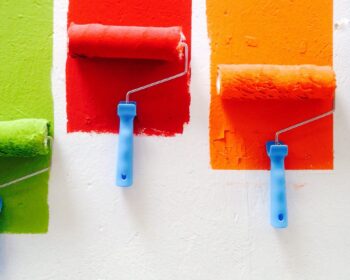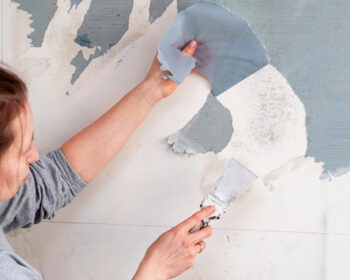
Guide to DIY Water Stains Removal at Home
Have you ever seen odd-looking damp portions on your wall? We are very certain your answer is yes! Those portions are one of the most common problem that happened to our walls and it called water stains. Water stains are not only look unpleasant aesthetically but also can cause bigger problem if not dealt as soon as possible. Fixing those stains could be your weekend DIY project or, in more severe cases, you might require the help of professional residential painters Melbourne.
Here are some key factors to consider in order to find a practical solution to your water stain problem.
A little reminder before we continue: do not skip any step! Unfortunately, getting rid of a stain is not as easy as just slapping a coat of paint here or there. Considered and systematic approach is needed. If you skip one or more steps in order to speed up the process, stains have higher chance to reappear.
First, find the leak source
You can start by checking if there’s any plumbing leak, leak from heating appliance or water stain that come through ceiling. Oftentimes, these simple things are the source of your water stain. These leaks leave behind mineral deposits which are dry, discolored and often smell. And certainly, it doesn’t give your wall a good look.
Finding the source of leak is perhaps the most important part of the process, that’s why we put it number one in this guide. From our experience, doing improper repair jobs will certainly fail. Water will return and cause another stain, which means you have to paint the area again and again. Do not proceed to the next step before you have found and sealed the source!
Cleaning and preparing the area
Once the leak source is completely taken care of, you’re ready to get into the face the real issue; the water stain mark on the wall or roof. Approach the spot which needs repainting. Mix bleach with water in a 1:3 ratio to start. Use bathroom cleaning solution that contains bleach as alternatives if you don’t have bleach. This solution will remove any mold and fade the stain.
The next step is desiccating the spot, make sure that it is completely dry. Paint will not adhere well in damp surface. You accelerate this process by using dehumidifier if you have access to one. Sometimes when simple cleaning and drying are not enough, you might need to replace some of the materials with new ones.
Finally, start the paint job
First, completely cover the stained area with a coat of stain-blocking primer. When it comes to base priming, you should choose an oil-based, mould-resistant, stain-blocking primer over conventional latex paint. Then leave the coating to dry for at least two hours but more time you allow, the better result you’ll get.
After the primed area dried completely, you can see a few shades darker or lighter than the surrounding area. Now is the time to apply the finishing touches.
- Try to get a colour for your ceiling that matches precisely with the previous colour.
- Next, apply it to the primed area. Use a ⅜-inch nap cover roller for a smooth ceiling, or a ¾ -inch to 1-¼ -inch nap for a textured ceiling.
- Let the first coat dry for couple of hours, then give it second coating to to ensure even coverage for the affected area.
These are the vital steps to remove stains from the roof, but process can differ for walls. If the bleach and water solution fails to eradicate water stains, you can repaint. Then you can prime the wall to protect it from staining again.





